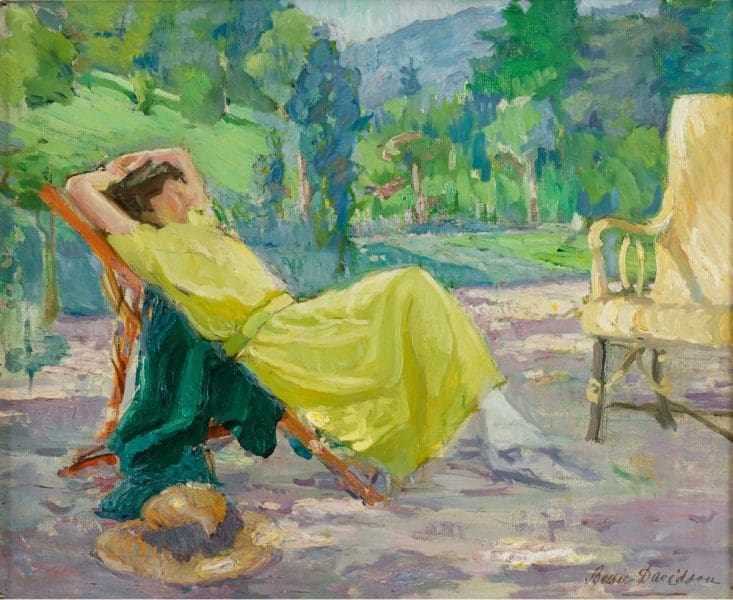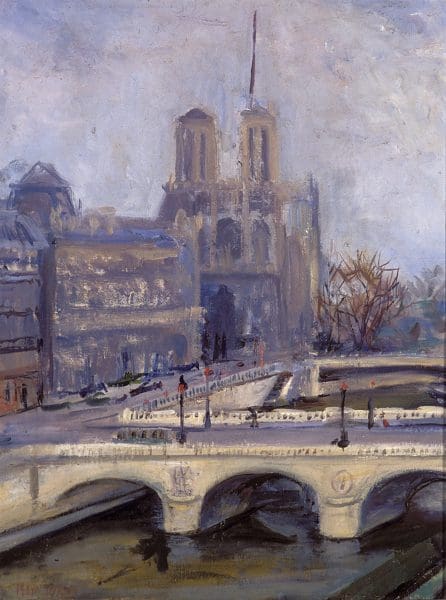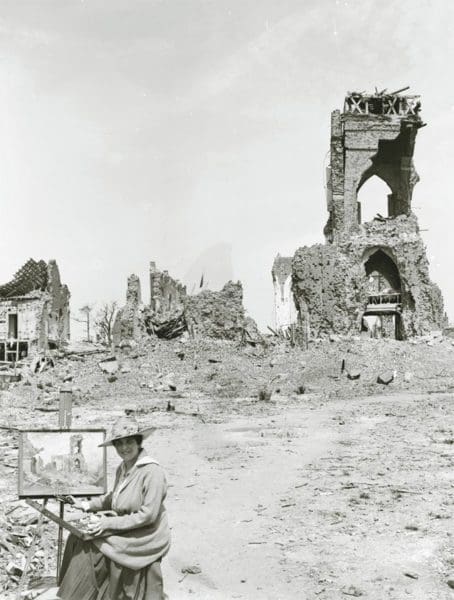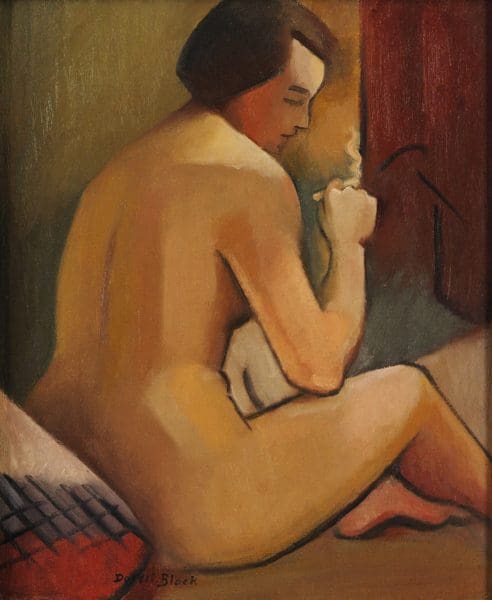
Place-driven Practice
Running for just two weeks across various locations in greater Walyalup, the Fremantle Biennale: Sanctuary, seeks to invite artists and audiences to engage with the built, natural and historic environment of the region.




In 1899 artist Mary Cockburn Mercer ran away from her Melbourne home to Paris. She was 17 years old. After living what we might call the ‘bohemian artistic life’ Mercer went on to become a respected (and somewhat elusive) Australian painter.
This particular story is only one of many being told in Intrepid Women: Australian women artists in Paris 1900-1950. Showing at S. H. Ervin Gallery, the exhibition features paintings, prints and ceramics by 30 Australian women who travelled to Paris to study, paint and pursue their artistic lives. The show includes works by well known artists such as Grace Crowley, Anne Dangar, Ada May Plante and Margaret Preston, amongst others.
“The first half of the 20th century was a time of great social change and women benefited from new found freedoms,” says Jane Watters, director of S.H. Ervin Gallery. “Paris was the undisputed capital of the art world and artists of all nationalities gravitated there to experiment in life and their artistic practices.”

Yet despite the social advances being made, women artists travelling abroad to chase their artistic careers were still living quite boldly for their time. As Watters points out, “Many of these women, freed from the expectation of marriage and motherhood, embarked on art careers; some with the support of family whilst others worked tirelessly to achieve their goal of travelling to Europe.”
“Those artists who were in Paris during the cubist and modernist periods, including Grace Crowley, Dorrit Black and Anne Dangar, certainly embraced the innovations in art and, in the case of Crowley and Black, brought back a deep understanding of these movements,” says Watters. Indeed Crowley and Black both began art schools on their return to Sydney. But as the director notes these women “were met with stern opposition to their modernist teachings.”
This final point links to the central core of Intrepid Women: the simultaneously liberating position of these women alongside the difficulties of their time in Paris. As Watters sums up, “We hope that audiences will admire these women who bravely travelled to France, often alone, and appreciate what some of them had to do to get there.”
Intrepid Women: Australian women artists in Paris 1900-1950
S. H. Ervin Gallery
2 December – 11 March (closed 18 December – 5 January)